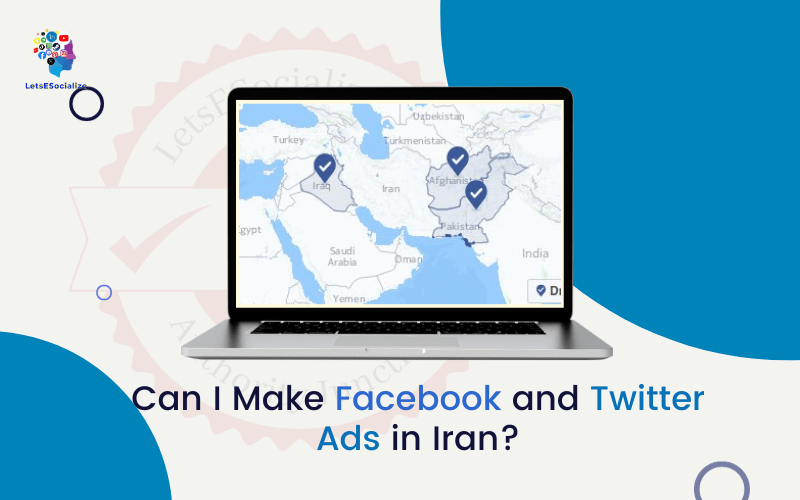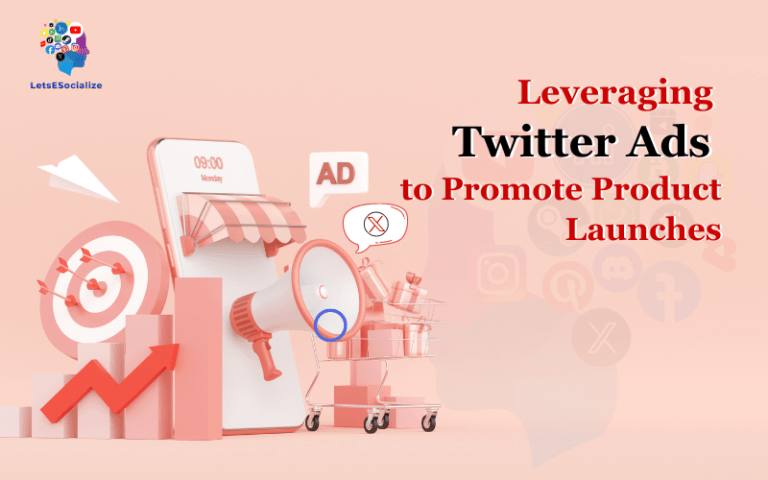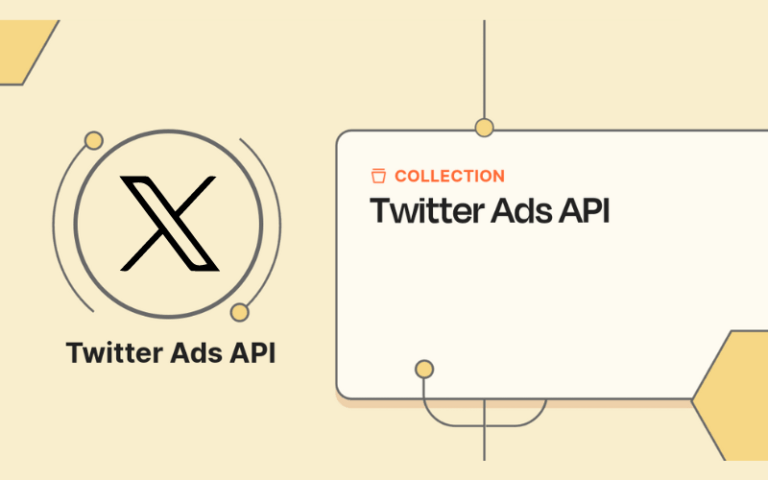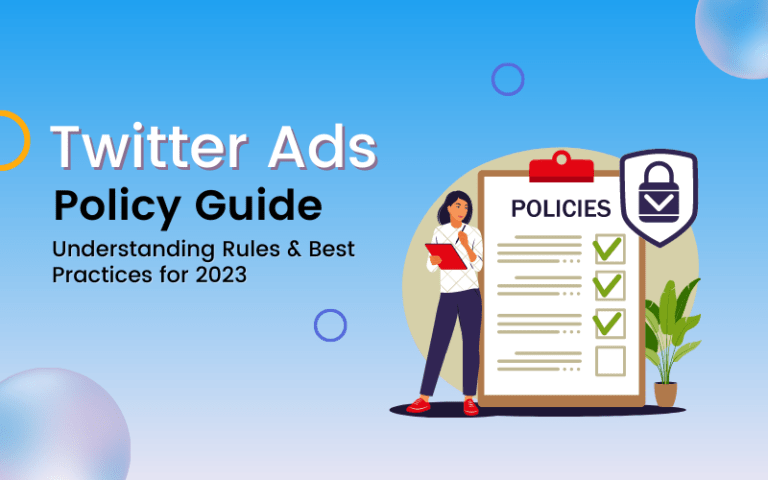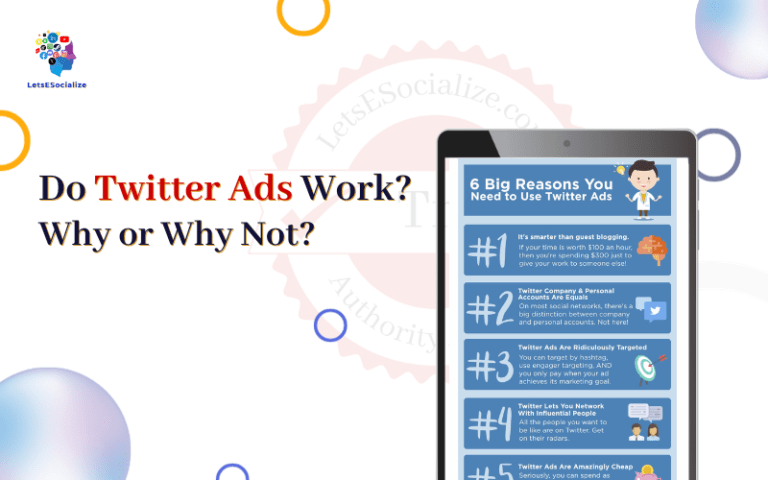Iran’s advertising landscape is complex. While social media usage is widespread, running paid ads on platforms like Facebook and Twitter Ads in Iran borders is restricted. However, with the right strategies and workarounds, it may be possible for some businesses and individuals to promote content and products to Iranian users on major social networks.
In this comprehensive guide, we’ll cover everything you need to know about advertising regulations, restrictions, and opportunities in Iran, focusing on Facebook and Twitter.
Table of Contents
Overview of Advertising in Iran
Iran has a unique advertising environment shaped by political and economic factors. Here’s a quick look at some key points:
- Strict regulations – All advertising in Iran must align with Islamic and cultural values. There is extensive government oversight.
- Heavy restrictions – Major global ad platforms like Google Ads, Facebook Ads, and Twitter Ads prohibit paid advertising created in Iran.
- Growing social media – Over 60% of Iran’s 85 million citizens use social media. Facebook and Twitter are widely used, though the government often blocks access.
- Unconventional marketing – Due to ad restrictions, businesses rely on organic social media, influencers, content marketing, and more.
- Evolving digital landscape – With a young, tech-savvy population, digital marketing in Iran is rising. Government censorship and international sanctions remain barriers.
So, while direct advertising on Facebook and Twitter from within Iran is off the table, crafty marketers find creative ways to connect with Iranian audiences through social media.
Can I Run Facebook Ads in Iran?

In short – no. Facebook’s ad policies prohibit the creation of ads in Iran.
Specifically, Facebook’s Ad Policies state:
“Ads must not be created by or marketed to people in Cuba, Iran, North Korea, Sudan, or Syria.”
This policy applies to all ad formats, including boosted posts. Facebook cites U.S. government sanctions as the reason for blocking ads originating from Iran.
So, unfortunately, individuals and businesses in Iran cannot directly run Facebook ads or boost Facebook posts.
Approaches for Facebook Marketing Despite Restrictions
While paid Facebook advertising is off the table, you still have options for reaching Iranian audiences on Facebook. Here are some potential strategies:
- Manage social media pages – Grow an organic Iranian following for your brand’s Facebook page through engaging content and community building.
- Leverage influencers – Partner with Iranian social media influencers to promote your products or services to their followers.
- Run ads from outside Iran – If you have connections abroad, you could run international ad campaigns targeting users in Iran.
- Utilize Facebook Groups – Join relevant Groups with Iranian members and participate to raise awareness.
- Master Facebook content marketing – Create content optimized for organic reach and engagement in Iran.
With over 40 million active users in Iran, the marketing potential of Facebook remains despite advertising restrictions. It just requires more creative thinking.
What About Twitter Ads in Iran?
Like Facebook, Twitter prohibits the creation of promoted ads and campaigns from inside Iran.
Specifically, Twitter’s advertising policies state:
“Advertisers are not permitted to create Twitter Ads campaigns from Iran, Cuba, North Korea, Sudan or Syria.”
So, unfortunately, individuals and companies in Iran cannot directly run Twitter ads or Twitter-promoted campaigns.
Workarounds for Twitter Marketing in Iran
Though paid Twitter advertising is off-limits, here are some tips for marketers in Iran seeking to use Twitter:
- Build an engaged, local follower base – Grow your organic Iranian audience on Twitter with relevant and engaging tweets.
- Leverage hashtags – Use trending Persian hashtags to tap into conversations. Create your own branded hashtags.
- Run contests/giveaways – Encourage likes, retweets, and follows with prize incentives.
- Connect with influencers – Partner with Twitter influencers in your industry to expand your reach.
- Master Twitter content marketing – Create content tailored for Iranian Twitter users and optimized for organic engagement.
- Consider promoted accounts – Though ads are restricted, you may be able to pay to increase follower growth on your Twitter account.
Get creative with organic Twitter activities, and you can still make an impact despite limitations on direct advertising.
Why Are Facebook and Twitter Ads Restricted in Iran?
Iran’s complex political climate is the primary reason behind advertising restrictions from Facebook, Twitter and other major ad platforms.
Economic sanctions imposed on Iran by the U.S. government prohibit American companies from doing business in or with Iran. These sanctions apply to social media advertising since it constitutes a financial transaction.
Some key points on U.S. sanctions:
- Longstanding sanctions – Economic sanctions have impacted Iran since the 1979 Islamic Revolution and the U.S. embassy hostage crisis.
- Nuclear program disputes – Harsh sanctions were imposed between 2010 and 2015 regarding conflicts over Iran’s nuclear program.
- Current status – While some sanctions were lifted in 2016, many restrictions remain. Social media ads are still prohibited.
- Preventing aid to regime – Cutting off advertising revenue from U.S. platforms like Facebook and Twitter helps prevent potential assistance to Iran’s restrictive regime.
In summary – decades of diplomatic clashes and nuclear disputes have led to economic sanctions that blackball Iran from major global advertising platforms. Until sanctions are lifted, restrictions are likely to persist.
Iran’s Evolving Digital Marketing Landscape
Despite barriers, digital marketing is a growing force in Iran, empowering businesses and entrepreneurs. Some key trends:
- Surge in social media – Over 60% of Iranians now use social media. Facebook and Twitter have millions of users, though the government often restricts access.
- Young population – With over 60% of the population under age 30, Iran has a massive base of digitally-savvy consumers.
- Circumventing censorship – Iranians utilize VPNs and proxies to bypass government censorship and access global social media.
- Local social platforms – Homegrown networks like Aparat, Facenama and Gap have emerged as alternatives to Western sites like YouTube, Instagram and Facebook.
- Emerging e-commerce – Despite barriers, e-commerce in Iran is growing rapidly and is projected to hit $18 billion by 2025
- Influencer marketing – Working with social influencers is a key digital strategy, given restrictions on conventional ads.
While still in its early stages compared to other markets, Iran’s digital marketing potential is vast. As internet penetration and tech usage continue to climb, the online advertising climate could open significantly in the coming decade if sanctions ease.
Advertising Regulations and Standards in Iran
All advertising in Iran is tightly regulated to align with the country’s Islamic principles and cultural values. Key governing bodies include:
- Ministry of Culture & Islamic Guidance – Oversees and enforces advertising compliance with Islamic laws and revolutionary ideals.
- The Office of Publication Advertising – Reviews and issues permits for print ads in media like newspapers and magazines.
- Islamic Republic of Iran Broadcasting – Monitors and regulates broadcast advertising on TV and radio.
- Iranian Cyber Police – Polices online advertising and content. Has blocked many social media sites.
Some key advertising regulations and restrictions in Iran include:
- No indecent or revealing images of people, especially women
- No messages or imagery counter to Islamic morals
- No promotion of luxury goods, Western culture or feminism
- No political ads without government approval
- No ads for banned products like alcohol
Breaking content rules can lead to forced shutdowns and fines. All ads require approval from governing bodies before release.
So, advertising in Iran requires tight adherence to religious and cultural standards and routine government oversight.
Key Players in Iran’s Advertising Industry
Iran’s ad industry features a mix of government agencies, private companies, and semi-independent firms.
Key government ad entities:
- Islamic Republic of Iran Broadcasting (IRIB) – State TV and radio broadcaster that also produces ads
- Iran Advertising Agency (IRAA)- State-owned agency that makes ads for government entities
Top private ad agencies:
- H2H Communications – Full-service agency that produces TV, radio and online ads
- Par Ad Agency – Specializes in TV commercial production
- ATNAD Advertising – Leading digital marketing and SEO agency
Semi-independent agencies:
- Havas Iran – Global ad agency Havas operates this government-sanctioned Iran branch
- Magnolia Advertising- Branded as “Iran’s First Advertising Agency” but government-regulated
While state censorship prevails, local private agencies are growing in Iran’s ad industry, catering to commercial clients. International agencies have also entered the market through government-approved partnerships.
Key Iranian Social Media Platforms

While direct advertising on global networks like Facebook and Twitter is prohibited, social media usage in Iran continues to rise. Here are some major local social platforms:
Aparat – Youtube-like video-sharing site with over 40 million monthly users. Allows some monetization.
Facenama – Local alternative to Instagram with photo+video sharing features. Up to 6 million users.
Gap – Popular messaging app for Iranian teens and youth. Claims to have 5 million active users.
Filimo – Video streaming service nicknamed the “Iranian Netflix.” Has over 20 million users.
Saina – “Made in Iran” messaging and social app launched in 2018. Some ads are permitted.
Eitaa – Local business review site and advertising platform similar to Yelp.
Targeting segmented audiences on niche Iranian networks can be an impactful marketing approach, given restrictions on global platforms.
Strategies for Marketing Within Iran’s Ad Restrictions
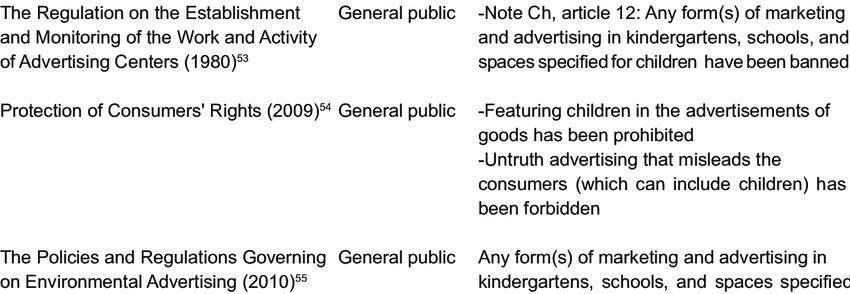
For marketers in Iran, here are some of the most effective strategies for promoting brands and products within the limits of current advertising regulations:
Leverage Influencers
Partnerships with influencers on social media or blogs help bypass ad restrictions. Make sure to vet influencers for content compliance.
Tap into Viral Content Marketing
Create engaging, sharable videos, stories, posts and campaigns optimized for organic spread within Iran.
Master SEO Best Practices
With Google Ads limited, strong SEO is essential for Iranian brands targeting local search traffic.
Focus on Quality Social Media Content
Build engaged followings on approved platforms through relevant, compliant social content.
Utilize SMS/Email Marketing
SMS text and email marketing remain viable direct promotion channels in Iran.
Partner with Sanctioned International Agencies
Some global agencies can operate in Iran through government-approved joint ventures.
Leverage Print, TV and OOH Ads
If compliant, traditional advertising mediums like print, TV and outdoor ads are permitted.
While significant restrictions exist on digital ads from global players, taking a creative, multi-pronged approach to the market can drive brand growth in Iran.
Opportunities and Challenges for Iran’s Advertising Sector
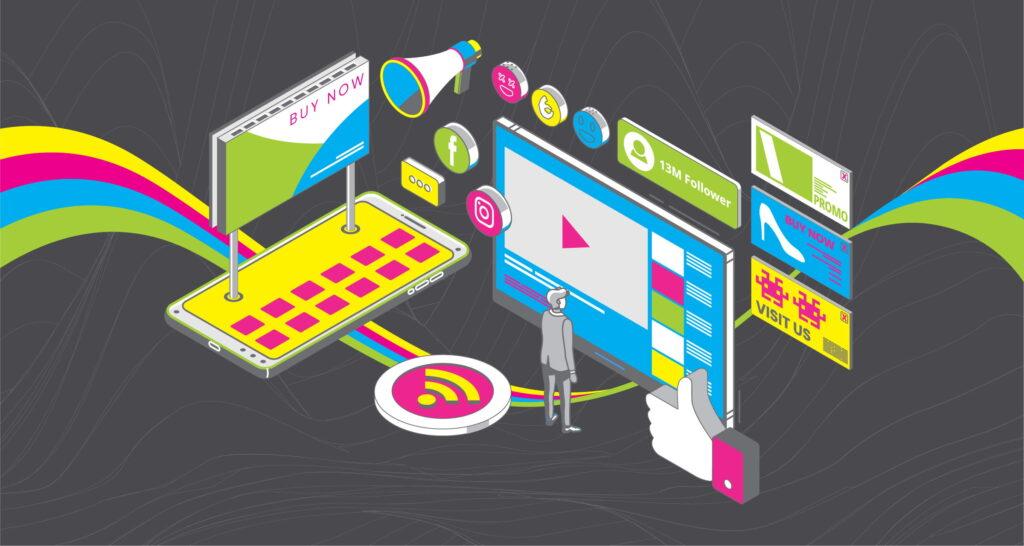
Iran’s complex advertising environment presents unique opportunities as well as substantial challenges:
Opportunities
- Huge untapped audience of digitally engaged consumers
- Influencer marketing remains largely unregulated
- Major room for growth as internet and social media usage climb
Challenges
- Heavily censored media landscape
- Restrictions on global digital advertising platforms
- Slowing economy and currency devaluation
- Opaque regulatory approval processes
For advertising in Iran to flourish, improvements in internet freedom, economic development and global relations are needed alongside thoughtful industry regulation. But the underlying fundamentals point to a promising future as Iran’s online population grows.
The Road Ahead: Prospects for Digital Advertising in Iran
As social media penetration continues to increase in Iran over the coming decade, what lies ahead for the country’s digital marketing potential if sanctions were to be eased?
Massive untapped audiences on global networks
- Iran has one of the largest online consumer bases in the Middle East. Easing platform restrictions could open a gusher of revenue.
Rapid e-commerce growth
- With a young population and increasing internet usage, Iran’s e-commerce potential is immense but hampered by sanctions.
** Closer ties between Iran and the West**
- If relations improve, Western brands and advertisers may invest more in Iran. However, backlash risks remain.
questions around free speech
- Would platforms uphold censorship rules or push for more internet freedom? A complex balancing act.
More transparent ad regulations
- Tech growth could pressure Iran to update ad rules and relax entertainment/cultural content restrictions.
So, if current limitations and sanctions diminish, Iran may become the next big emerging market for global digital advertising and commerce. But risks and complexities around culture and policies would remain. The future is challenging yet full of potential if technology opens new doors between Iran and the wider online world.
Conclusion: Adapting to Iran’s Evolving Online Marketing Landscape
- Direct social media advertising in Iran from global platforms like Facebook and Twitter is prohibited.
- Despite restrictions, social media usage is massive, and digital marketing potential is surging.
- Iranian businesses can still effectively leverage sites like Facebook and Twitter with the right local strategies and workaround.
- If economic sanctions ease, Iran’s online audiences could become major marketing prizes. However, regulations and censorship would require careful navigation.
- For now, marketers must be creative and adaptable to grow within the complex framework of Iran’s evolving digital advertising landscape.
So, in closing, while significant obstacles exist, the door is open just a crack for innovative marketing that thoughtfully navigates Iran’s unique landscape. As digital transformation accelerates, Iranian consumers are hungry for what brands offer. With the right local partners and digital-first strategies, opportunities abound for marketers willing to work around sanctions and regulations to share their message.
The future remains uncertain, but one thing is clear: the people of Iran are online and open for business.

